Sayantan Sengupta
Multi-hypothesis classifier
Aug 20, 2019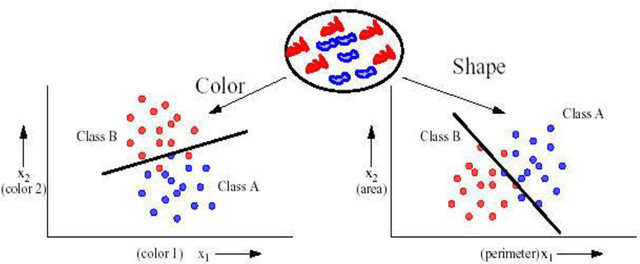
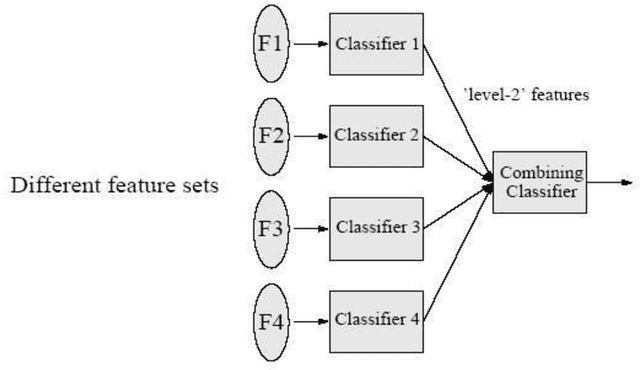

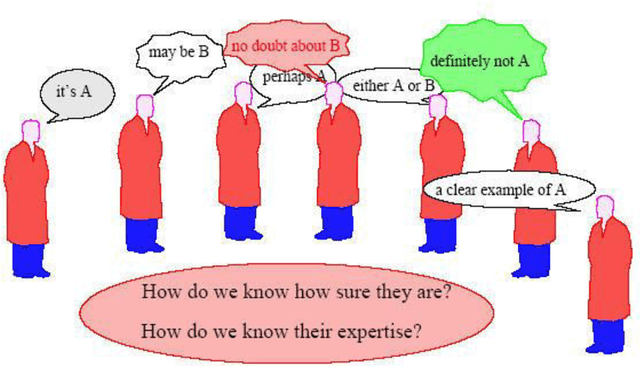
Abstract:Accuracy is the most important parameter among few others which defines the effectiveness of a machine learning algorithm. Higher accuracy is always desirable. Now, there is a vast number of well established learning algorithms already present in the scientific domain. Each one of them has its own merits and demerits. Merits and demerits are evaluated in terms of accuracy, speed of convergence, complexity of the algorithm, generalization property, and robustness among many others. Also the learning algorithms are data-distribution dependent. Each learning algorithm is suitable for a particular distribution of data. Unfortunately, no dominant classifier exists for all the data distribution, and the data distribution task at hand is usually unknown. Not one classifier can be discriminative well enough if the number of classes are huge. So the underlying problem is that a single classifier is not enough to classify the whole sample space correctly. This thesis is about exploring the different techniques of combining the classifiers so as to obtain the optimal accuracy. Three classifiers are implemented namely plain old nearest neighbor on raw pixels, a structural feature extracted neighbor and Gabor feature extracted nearest neighbor. Five different combination strategies are devised and tested on Tibetan character images and analyzed
Active Learning Solution on Distributed Edge Computing
Jun 25, 2019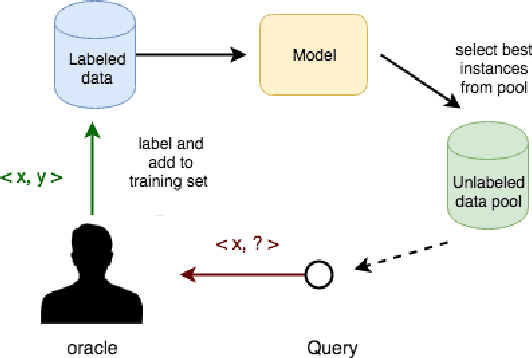
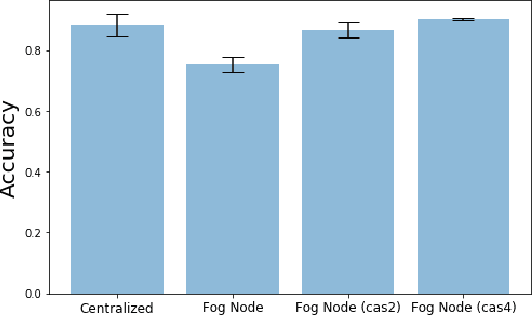
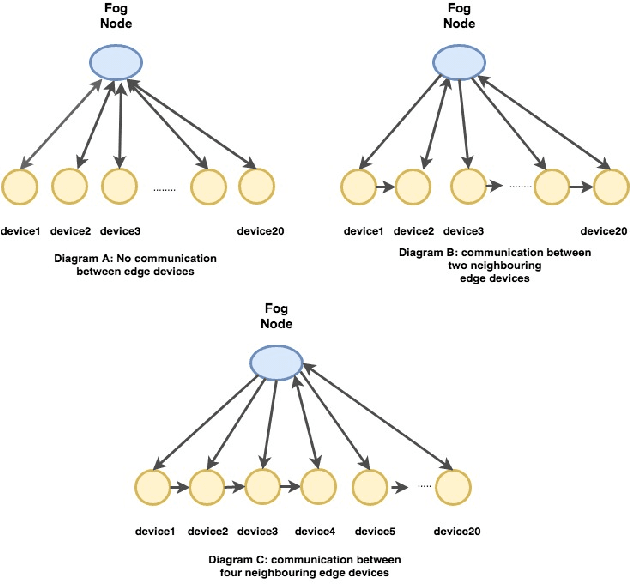
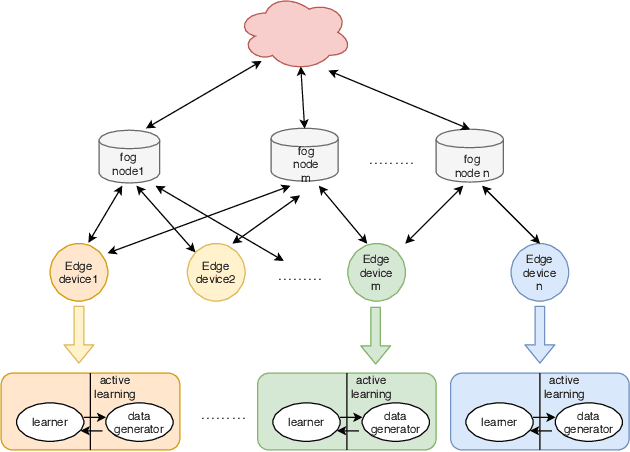
Abstract:Industry 4.0 becomes possible through the convergence between Operational and Information Technologies. All the requirements to realize the convergence is integrated on the Fog Platform. Fog Platform is introduced between the cloud server and edge devices when the unprecedented generation of data causes the burden of the cloud server, leading the ineligible latency. In this new paradigm, we divide the computation tasks and push it down to edge devices. Furthermore, local computing (at edge side) may improve privacy and trust. To address these problems, we present a new method, in which we decompose the data aggregation and processing, by dividing them between edge devices and fog nodes intelligently. We apply active learning on edge devices; and federated learning on the fog node which significantly reduces the data samples to train the model as well as the communication cost. To show the effectiveness of the proposed method, we implemented and evaluated its performance for an image classification task. In addition, we consider two settings: massively distributed and non-massively distributed and offer the corresponding solutions.
 Add to Chrome
Add to Chrome Add to Firefox
Add to Firefox Add to Edge
Add to Edge